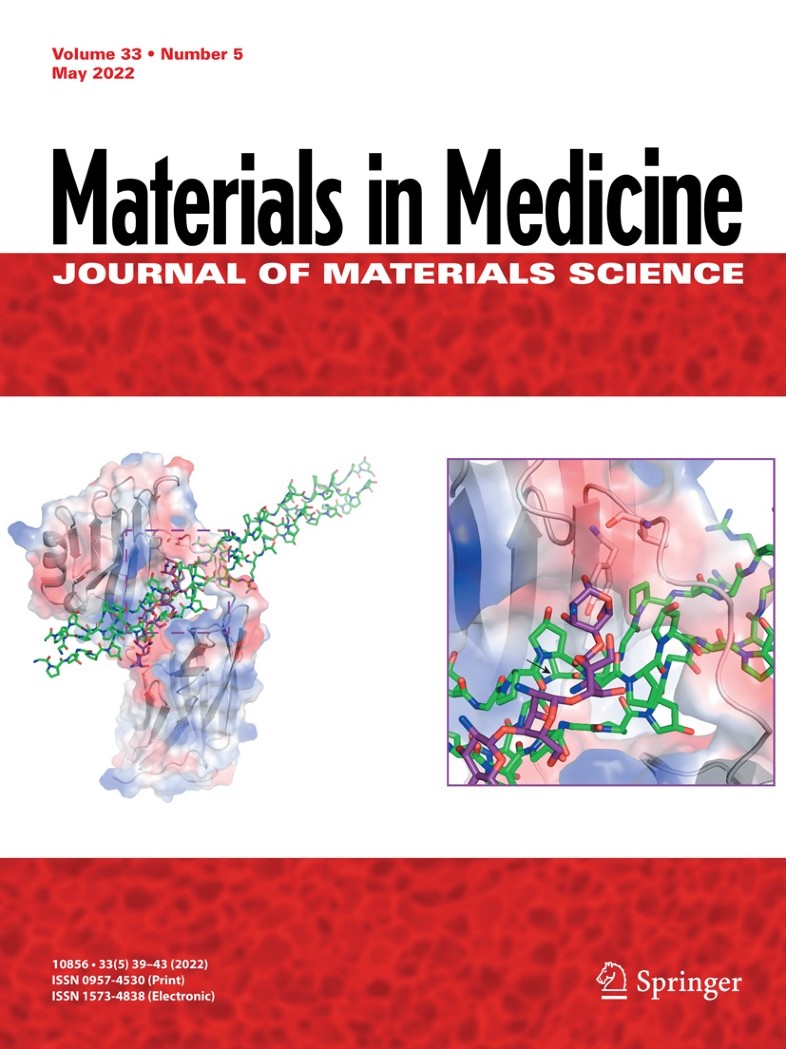Biochemical and biomechanical characterization of an autologous protein-based fibrin sealant for regenerative medicine
Abstract
Accidental events or surgical procedures usually lead to tissue injury. Fibrin sealants have proven to optimize the healing process but have some drawbacks due to their allogeneic nature. Autologous fibrin sealants present several advantages. The aim of this study is to evaluate the performance of a new autologous fibrin sealant based on Endoret®PRGF® technology (E-sealant). One of the most widely used commercial fibrin sealants (Tisseel®) was included as comparative Control. E-sealant´s hematological and biological properties were characterized. The coagulation kinetics and the microstructure were compared. Their rheological profile and biomechanical behavior were also recorded. Finally, the swelling/shrinkage capacity and the enzymatic degradation of adhesives were determined. E-sealant presented a moderate platelet concentration and physiological levels of fibrinogen and thrombin. It clotted 30 s after activation. The microstructure of E-sealant showed a homogeneous fibrillar scaffold with numerous and scattered platelet aggregates. In contrast, Control presented absence of blood cells and amorphous protein deposits. Although in different order of magnitude, both adhesives had similar rheological profiles and viscoelasticity. Control showed a higher hardness but both adhesives presented a pseudoplastic hydrogel nature with a shear thinning behavior. Regarding their adhesiveness, E-sealant presented a higher tensile strength before cohesive failure but their elastic stretching capacity and maximum elongation was similar. While E-sealant presented a significant shrinkage process, Control showed a slight swelling over time. In addition, E-sealant presented a high enzymatic resorption rate, while Control showed to withstand the biodegradation process in a significant way. E-sealant presents optimal biochemical and biomechanical properties suitable for its use as a fibrin sealant with regenerative purposes.
Graphical Abstract

 求助内容:
求助内容: 应助结果提醒方式:
应助结果提醒方式:


